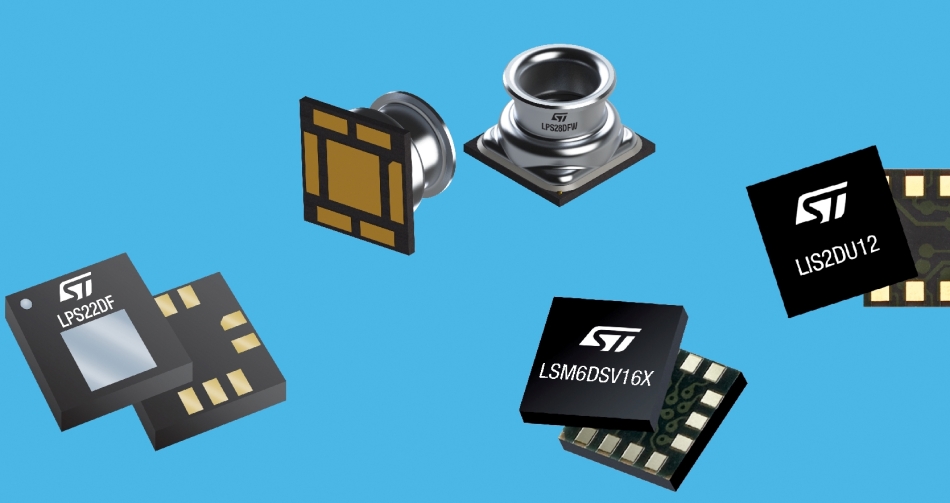
MEMS sensors serving mobile, smart industries, healthcare and retail are transformed by combining two new capabilities: Machine Learning Core (MLC) and Electrostatic Sensing. With MLC, MEMS sensors bring machine learning capabilities to edge applications while operating at extremely low power consumption.
Next, the charge change (QVAR) sensing channel monitors changes in electrostatic charge; it can be done through body contact in devices such as smartwatches or fitness bands, or through contactless sensing (radar). MEMS sensors with QVAR can enhance user interface controls to ensure seamless interaction and simplify the detection of moisture and condensation. Radar mode applications can facilitate human presence detection, activity monitoring, and people counting.
STMicroelectronics refers to these devices with electrostatic sensing and machine learning as third-generation MEMS sensors. "This is a new generation of sensors ready for always-on, always-on and always-connected applications," said Simone Ferri, director of MEMS marketing at STMicroelectronics.
Two new barometric pressure sensors - LPS22DF and waterproof LPS28DFW - are part of a new generation of sensors with an operating current of 1.7 µA and an absolute pressure accuracy of 0.5 hPa. These MEMS sensors enhance the performance of altimeters and barometers in portable devices, wearables, and industrial applications such as weather monitoring devices and precision depth sensing devices.
Also in the family is the LIS2DU12, a 3-axis accelerometer designed to build an ultra-low-power architecture with active anti-aliasing. With an anti-aliasing filter, the LIS2DU12 consumes only 3.5 µA at 100 Hz output data rate (ODR) and is the first off-the-shelf accelerometer with an I 3 C interface. Packaged in a compact 2.0 x 2.0 x 0.7 4 mm footprint, this MEMS sensor is targeted at wearables, hearing aids, true wireless stereo (TWS), and wireless sensor nodes.